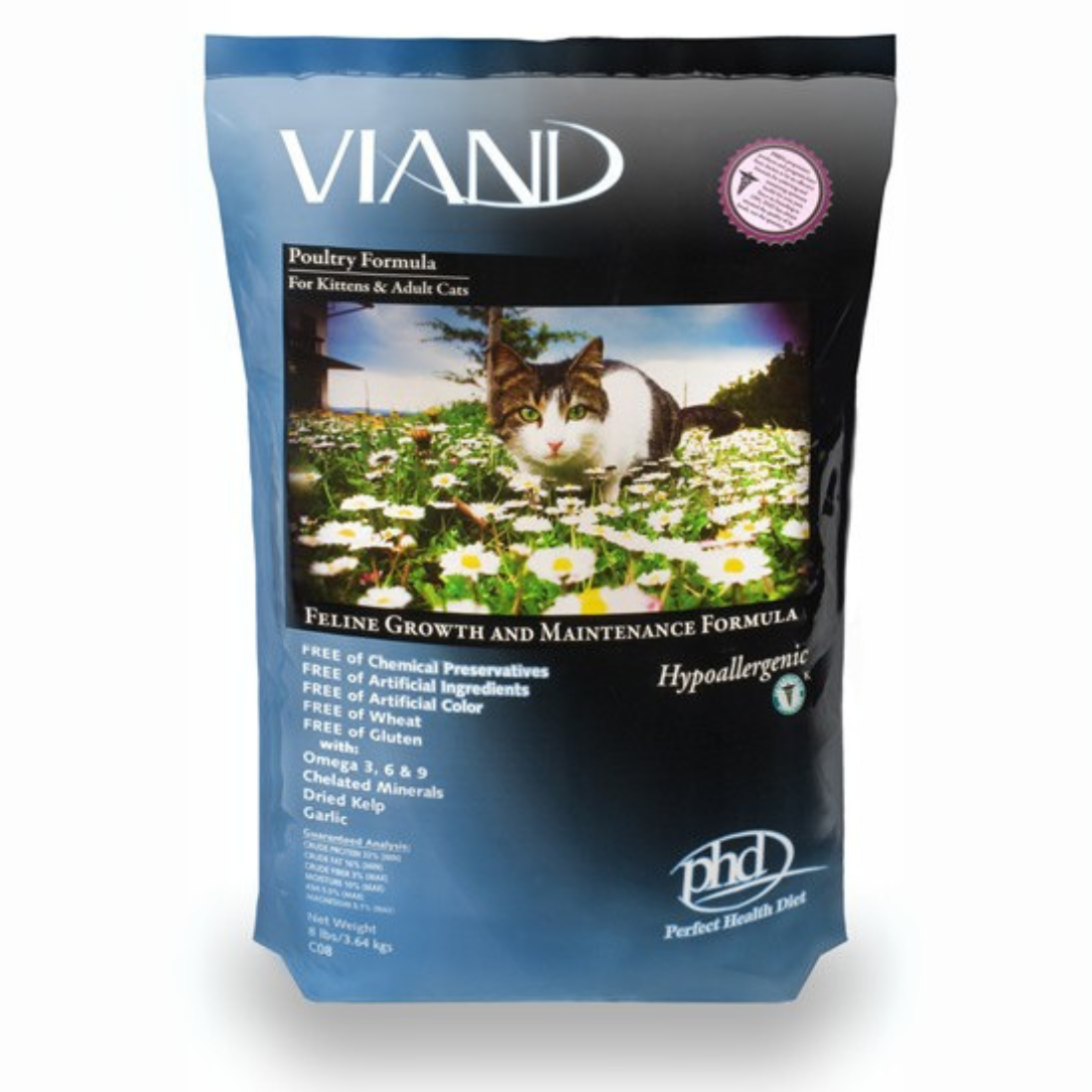

· By Scott Pollak
What Is Your Dog’s Tail Really Saying? Decoding the Language of Wags
As dog lovers, we tend to think of tail wagging as a sign of pure happiness. But the truth is, tails are more like emotional thermometers—subtle, complex, and easy to misread.
In this guide, we’ll take a deeper look at what your dog’s tail is actually communicating, how tail position and motion play a role, and why understanding this language can help build a stronger, safer bond with your pup.

The Myth: Tail Wag = Happy Dog
Let’s start here: a wagging tail does not always mean a happy dog. It means arousal—an emotional response of some kind. That arousal might be joy, excitement, curiosity, nervousness, or even aggression.
It’s not the wag alone, but the context—including the tail’s height, speed, direction, and the rest of the body language—that tells the real story.
Tail Position: The Height of Emotion
High Tail
A high, rigid tail held aloft often signals intense alertness or excitement. That could be a playful “I’m ready to chase that ball!” or a tense “Back off!” Depending on breed (some dogs like Huskies naturally carry their tails high), it’s important to look for other cues: are the eyes soft or hard? Is the mouth relaxed or tight? Is the dog leaning forward or back?
Half-Mast Tail
This middle-ground position tends to signal calm confidence or mild interest. A gentle swishing motion at this level is a great sign of a dog who’s relaxed and open to interaction—just don’t reach out too fast. Let them come to you.
Low Tail
A tail held low or tucked between the legs is a classic indicator of fear, stress, or submission. If you see this paired with a crouched body, ears pinned back, or lip licking, the dog is likely uncomfortable and asking for space.
Tail Motion: Speed & Direction Matter
Fast, High Wag
This is what we usually associate with joy—but it can also signal overstimulation or tension. Is the dog loose and wiggly all over, or frozen with a stiff posture and intense stare? The difference is everything.
Slow Wag
A slow-moving wag, especially with a high or mid tail, often means uncertainty. The dog might be sizing up a situation or feeling unsure. Again, watch the rest of the body.
Tail Circles (“Helicopter Wag”)
This is the jackpot. Dogs that wag in wide, circular motions are typically thrilled and full of affection. It’s often reserved for reunions or favorite people. Most dogs won’t use this wag unless they really, really like you.
Still Tail
No movement at all? That doesn’t mean nothing’s happening. A still tail on a relaxed dog just means peace. A still tail on a rigid dog could mean a freeze response—often a final warning before a lunge or bite.
Left vs. Right Wagging
Believe it or not, some research shows dogs may wag more to the right when happy and more to the left when unsure or anxious. It’s subtle, but worth watching—especially in familiar settings.
Dogs With Short or Docked Tails
Tail communication is harder for dogs with naturally short or docked tails. These dogs might struggle to “speak clearly” with other dogs or humans, which means we have to work harder to read their facial expressions, posture, and vocal cues.
Tail Talk Between Dogs
When dogs meet, tail language can shape the whole interaction. A fast, high wag can escalate tension, especially if one dog is unsure. The best intros often happen when both dogs have mid-level tails and loose bodies. Slow the pace, use side-by-side walks, and watch for calming signals.
The Takeaway: Don’t Just Watch the Tail—Watch the Whole Dog
Learning to read tail language can deepen your understanding of your dog and keep everyone safer. But tails don’t speak in isolation. For a true picture, look at:
-
Eye shape (soft vs. hard)
-
Mouth (relaxed vs. tight)
-
Body posture (loose vs. stiff)
-
Movement (bouncy vs. still)
The more you observe, the more you’ll “hear” what your dog is saying—without a single bark.
Want to get better at reading your dog’s mood?
Start by watching them in different environments: calm at home, excited on a walk, uncertain at the vet. Their tail is always telling a story—now you’ll know how to listen.


